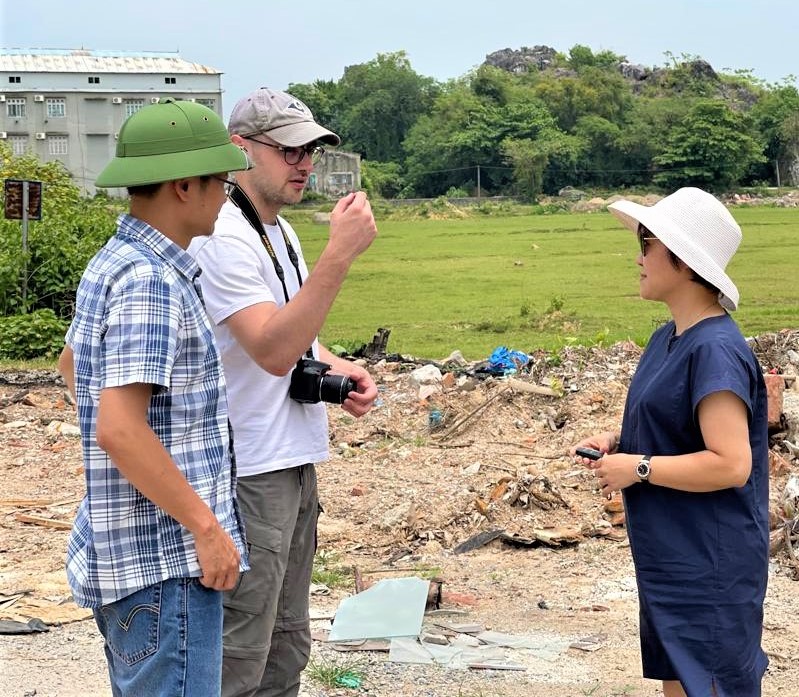
Gaining a fine understanding on a case study means conducting a diagnosis about its current state and how it is being managed. This diagnosis must at least cover the following aspects:
The first objective of this activity is to initiate a multidisciplinary work to draw up a panorama of the state of the studied irrigation system. The second objective is to build a database to feed and support the creation of the model afterward. The third objective is to conduct a consultation of the scientists and stakeholders on the most pressing issues, the strategies to reach a sustainable development of the system and to prepare for the modeling process.
The analysis of the case studies is first based on social, spatial, and legal surveys around the irrigation system. Once the identification of the actors and stakeholders is done, a participatory approach will be developed to favour the involvement of the identified stakeholders. Shaped as a workshop that will take place in the studied area, these stakeholders will present their knowledge and expertise about the irrigation system under study: its history, its current state, its functioning, the future related projects, etc… Debates and exchanges will be organised in order to agree on the problems and challenges of the irrigation system. This will allow all the participants to define together the role and the mission of the team members for the next steps.
➔ Methodological guidelines and handbooks on how to organize interviews, surveys, workshops to conduct a diagnosis of irrigation systems.
➔ For each case study:
COPYRIGHT © 2022 ACROSS. Powered by Letweb.